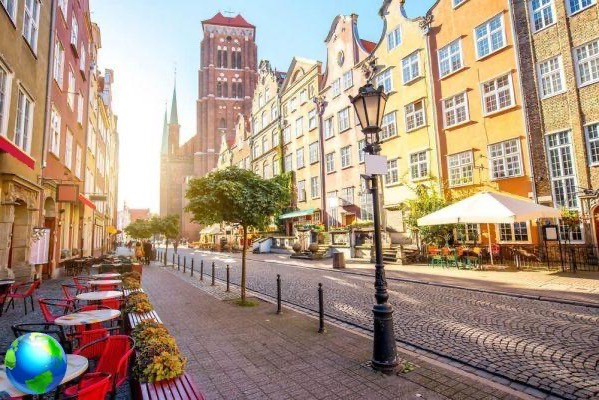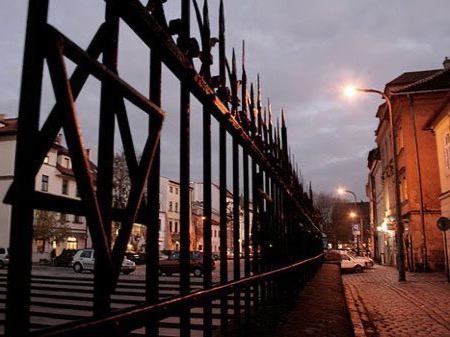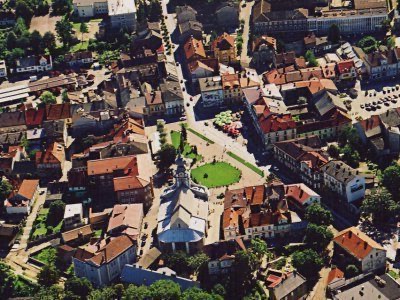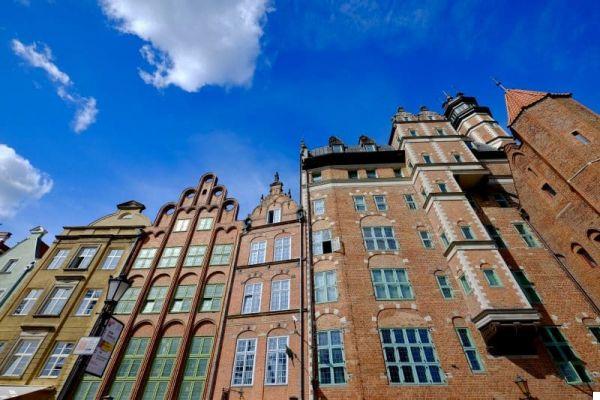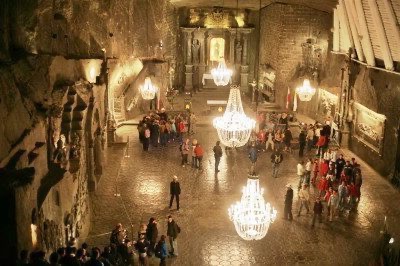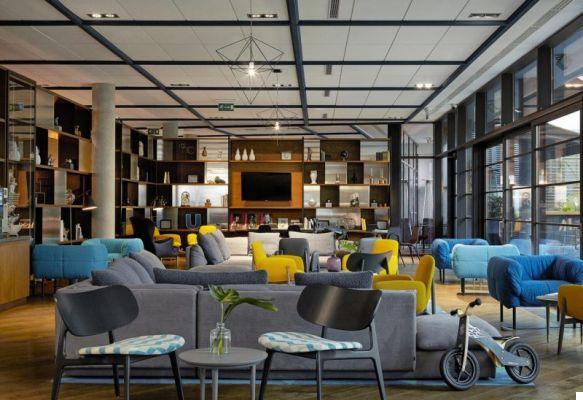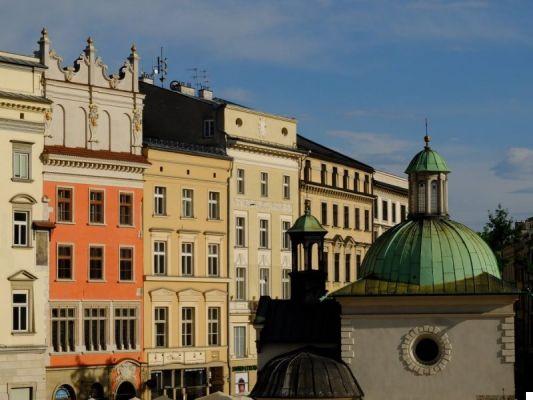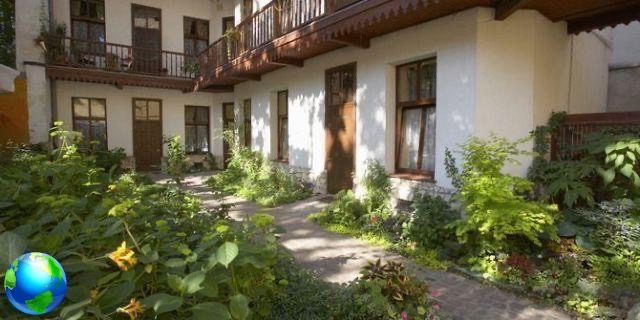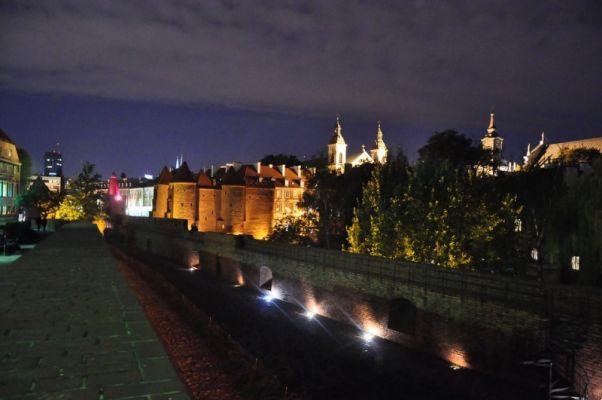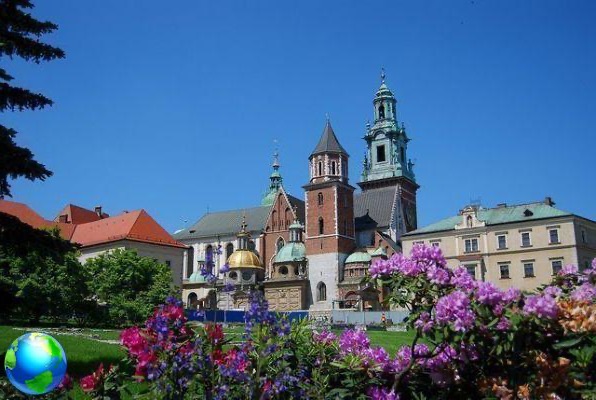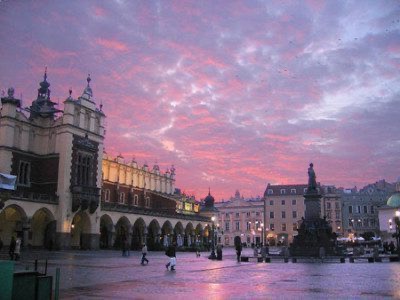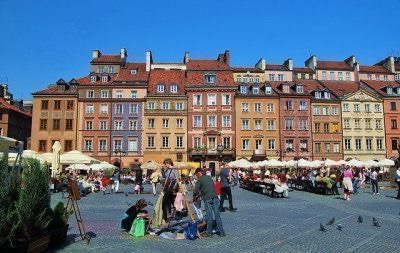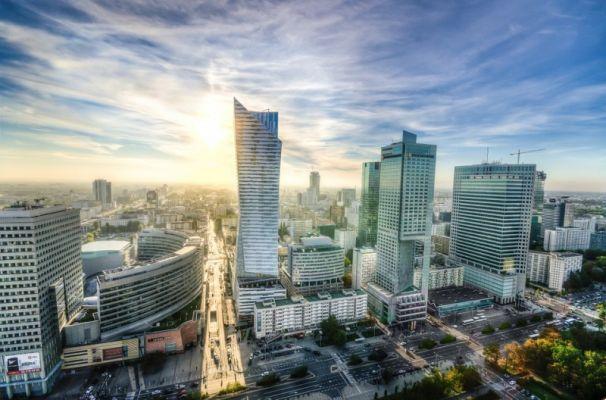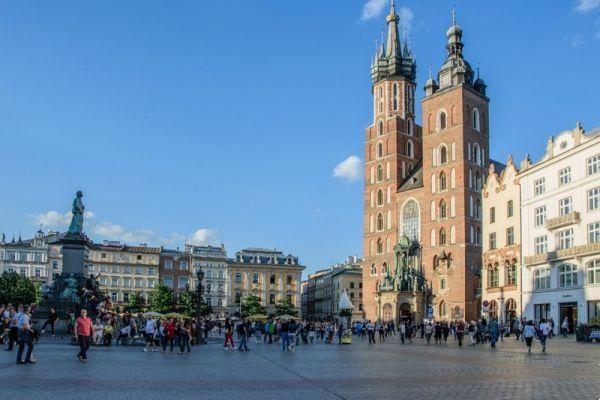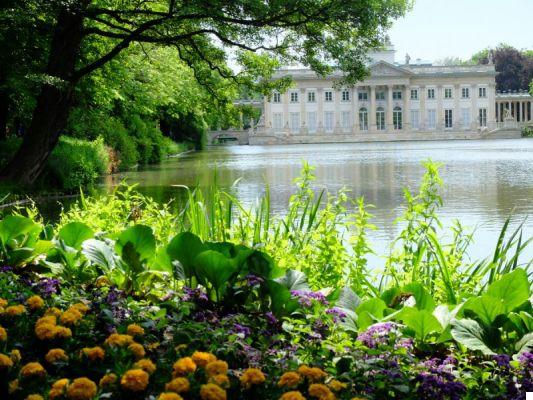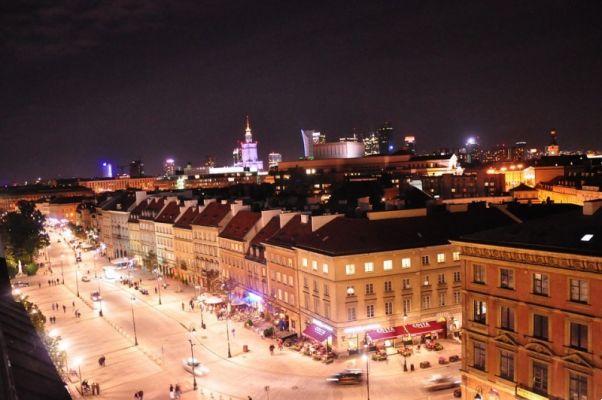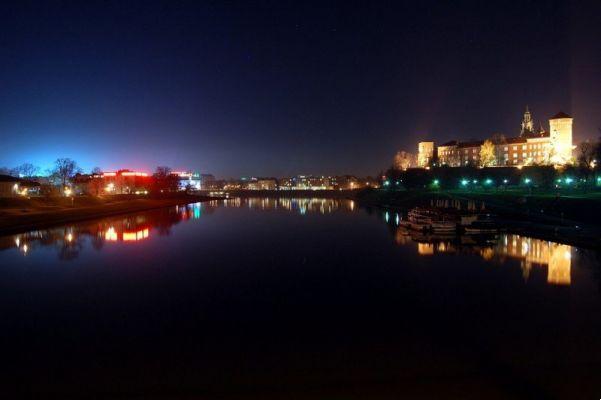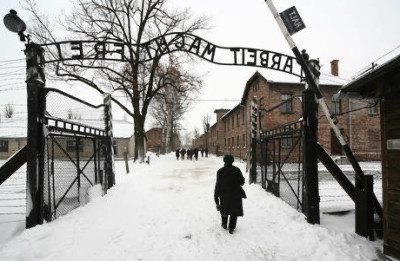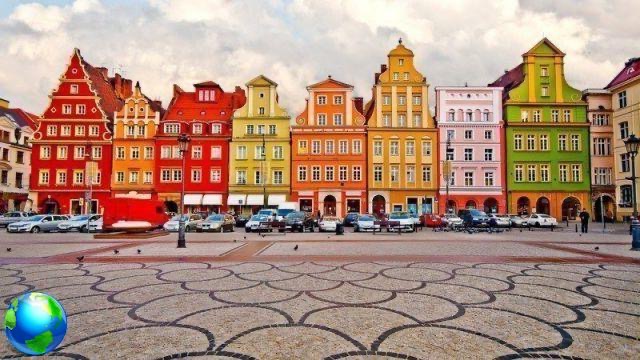Di Wroclaw I knew little or nothing, I knew that it had been heavily damaged during World War II and rebuilt (like Warsaw), I had seen photos of its beautiful colorful square and I knew it had been the European Capital of Culture in 2016, but then again ... nothing . I was expecting a small town, to visit in a few hours, with 2/3 places of interest and as usual I had to change my mind! It is small, yes, but there are so many things to see and the relaxed atmosphere that you breathe made me immediately love it. I then went there in spring and I think it is the best time to appreciate it, with many outdoor activities taking place on the beautiful riverside. To start orienting yourself, on the first day I recommend that you participate in this free tour of 2h and 30 '(in English) starting from the Market Square. Another free tour that I recommend, if you have time, is the one to the Jewish quarter of Wroclaw (it lasts 2h and is always in English), which you can book at this link.
How to reach Wroclaw
By plane: Wroclaw can be reached by plane, without stopovers, only from a few cities.
By bus from Krakow or Warsaw: the easiest situation is that you decide to visit Wroclaw starting from Krakow or Warsaw and in this case the bus is the most comfortable way. It takes the same time as the train (about 3h from Krakow and just over 4 from Warsaw) and costs much, much less (8 euros per person from Krakow and just over 15 from Warsaw)! You can buy the ticket directly online, also in Spanish, from the site.
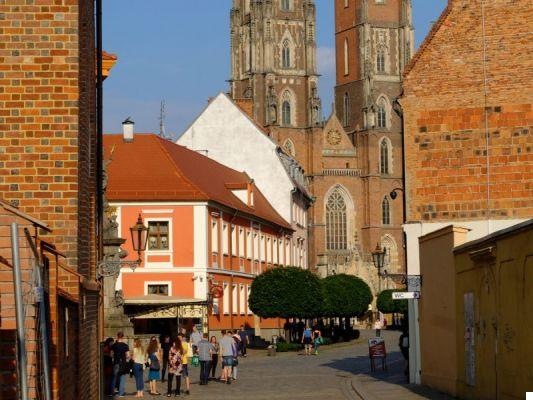
Where to sleep in Wroclaw
Puro Wroclaw Old Town: a very nice design hotel which is located just 500 meters from the main square. Large and super-technological rooms with all the comforts you could wish for. Excellent value for money.
Where to Eat in Wroclaw
- Art Café Kalambur: a literary café in an old student theater. Characteristic place, very popular.
- Kurna Chata Restaurant: typical restaurant with wooden furniture typical of mountain huts. Find all, absolutely all, the typical dishes of Polish cuisine. The portions are huge and the value for money is great.

What to see in Wroclaw: the attractions not to be missed
The Market Square
As in Krakow, the beating heart of Wroclaw is there Rynek glowny, a beautiful square lined with colorful buildings in the Gothic and Art Nouveau styles. In the center, the ancient covered market and the town hall with its astronomical clock from 1580 which still indicates the time and the phases of the moon. The square is full of bars and restaurants and teems with people at all hours of the day and night. On the north corner of the square, two small buildings joined by a baroque arch stand out: they are nicknamed Hansel e Gretel and they will guide you towards the entrance of the monumental Church of Santa Elisabetta. Absolutely go up the tower (of course on foot, your muscles will thank them) to enjoy the wonderful view of the square and the whole city.

The university district and the Aula Leopoldinum
Moving from the square towards the river you arrive in this area that contains several churches of considerable interest (above all the Church of the Sacred Name of Jesus) but above all the headquarters of the University of Wroclaw which dates back to the 700th century. On the first floor of the building you will be breathless in front of theLeopoldinum Hall, a wonderful baroque room full of stuccos, sculptures and paintings and a trompe l'oeil fresco on the ceiling of rare beauty. I stayed to contemplate it for at least half an hour, it is a place that truly leaves you speechless. From the top floor of the building you can finally get on the Mathematical Tower from which you can enjoy a beautiful view of the river.

The ecclesiastical quarter
In a particularly wide bend of the Odra river there are several islands that make up the so-called ecclesiastical quarter. Also in this case, to better orient yourself and understand something more, you can participate in a free tour lasting 2h (always in English). The ecclesiastical quarter consists of 7 more or less large islands, joined to the mainland (and to each other) only in the XNUMXth century. The largest (so big that it doesn't even look like an island anymore) is Ostròw Tumski and is home to the Wroclaw Cathedral and Church of the Holy Cross, but the other islands are no less: after the year 1000 a large number of churches, monasteries and other religious buildings were built throughout this area. Arriving on the bank of the river from the University, the glance is truly remarkable, many spiers and pinnacles emerge from the green of the islands creating a very suggestive skyline. Start your visit fromsand island (Wyspa Plasek), maybe in the afternoon that the light is more beautiful, and get lost among the other islands; in addition to the churches it may be worth going for a tour Botanical gardens, an enchanting green oasis right in the center of the city. When sunset approaches, follow the local kids and head to Slodowa Island for an aperitif on the boat or a barbecue in the open air.

The gnomes
Wandering around the city you will often come across curious sculptures by gnomes intent on doing the strangest activities: there is the motorcyclist gnome, the butcher gnome, the reader gnome, and so on. Apparently there are more than 150! These characters inspired by Polish folklore are a reference to the Orange Alternative, a dissident group of the communist period that used irony and ridicule as a weapon against the totalitarian regime. The anti-communist slogans written on the walls by the Orange Authority were regularly canceled by the authorities, until the same activists began to replace them with graffiti of gnomes to ridicule the establishment.

Other articles about Poland that you might be interested in:
- What to see in Krakow in 3 days
- What to see in Gdansk in 3 days
- What to see in Poznan in a weekend
- What to see in Warsaw in a weekend




